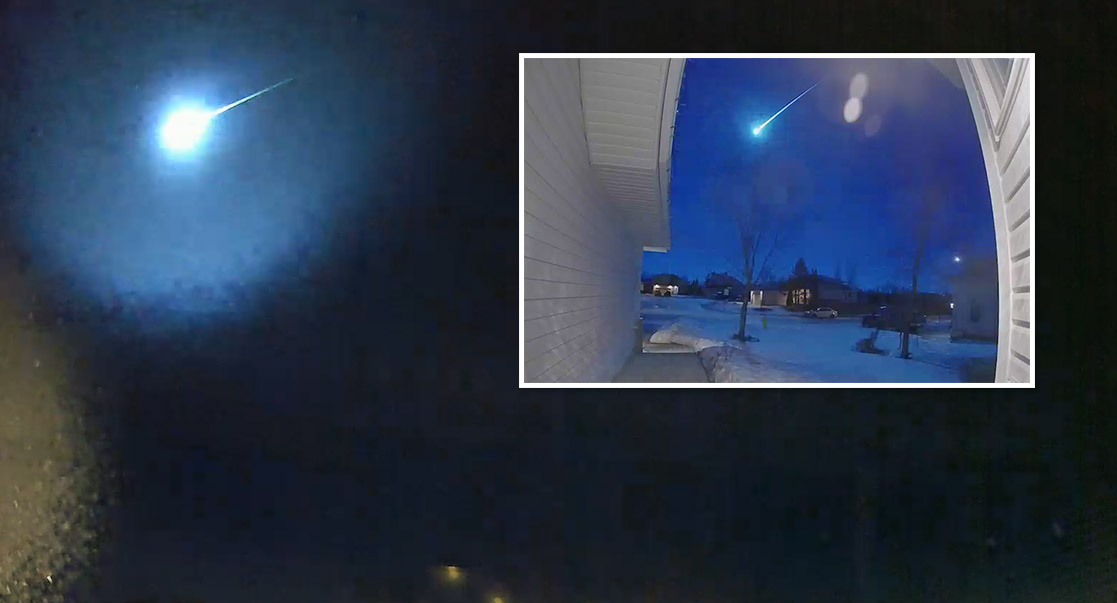
Meteor Activity Outlook for April 24-30, 2021
During this period the moon reaches its full phase on Tuesday April 26th. On this date the moon is located opposite the sun and remains above the horizon all night long. During this entire period the moon remains above the horizon while the sky is dark, severely limiting the opportunity to view meteor activity.
 American Meteor Society
American Meteor Society



















